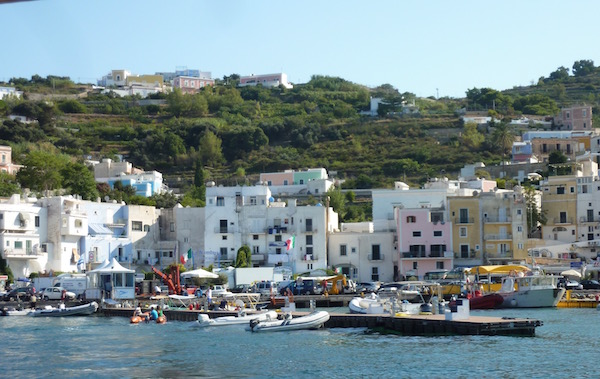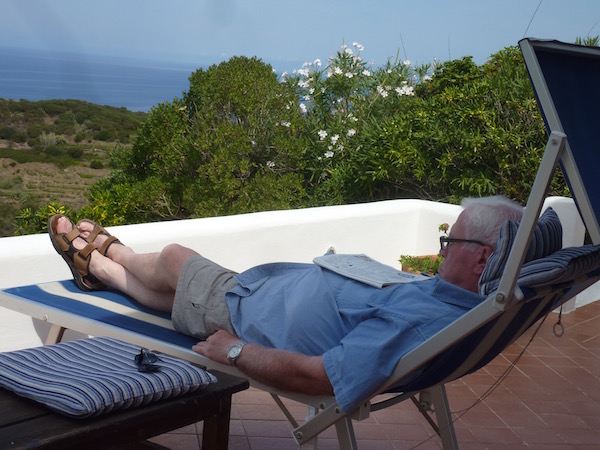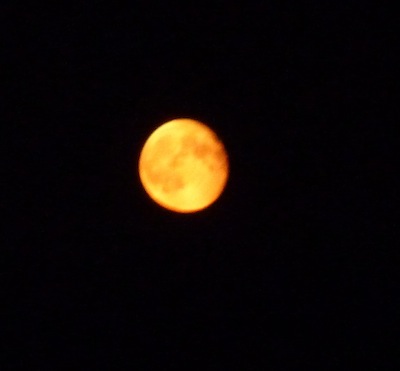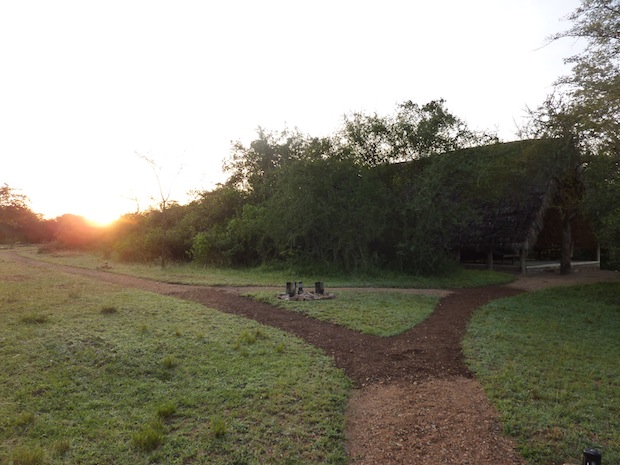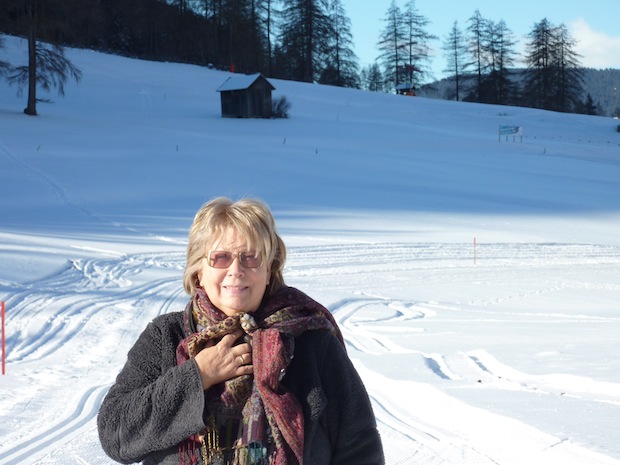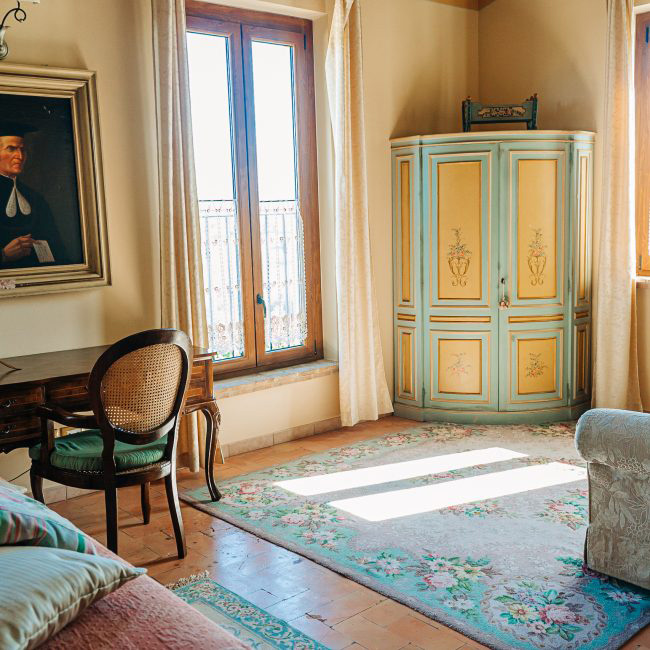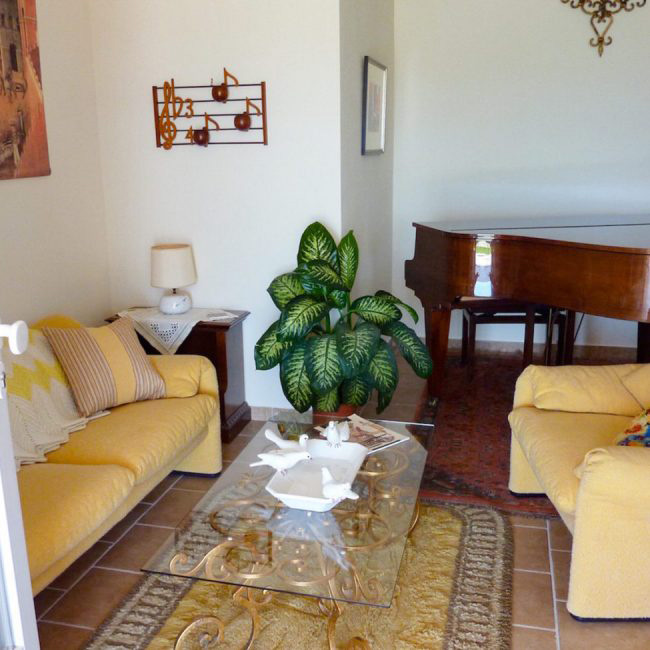Ponza is called the Pearl of the Mediterranean islands. I am not sure if I would call it the pearl – but I would certainly consider it one of the island pearls. Strangely, since it is somewhat closer to us than Capri, Ischia and Elba, we had never been. On a whim, we grabbed an opportunity and took off the last Sunday of August – the very day that the August crowds were leaving the island. While many visitors rent scooters for the island that has only one narrow road, we took our car on the Formia – Ponza ferry boat. The weather was full summer with bright, clear, cloudless 98° F. days – perfect for this type of trip. The relative proximity made it feasible for a short 5 day mini-break from our Genius Loci season.
Fortunate enough to have visited the South Pacific, the Caribbean and Florida, I must admit that the Mediterranean islands are my favorite. I prefer the barren Macchia Mediterranean to the tropical; the dry to the humid climate; the calm/crystal clear/warm water with the gorgeous patchwork of cobalt blue, turquoise and emerald green hues to the ocean. I love the light of the amazing grottos and the typical cactus pears. Add the most flavorful fish imaginable and the to-die-for buffalo milk mozzarella – made fresh twice daily in the area – and my preference for the Mediterranean islands is a no brainer.
I also enjoy the ease and minimum travel time: a 3-hour drive to Formia and a two and a half hour ferry boat crossing. In a half day we have a total change of scenery and atmosphere.
on the Formia – Ponza ferry boat crossing
arriving at the picturesque port of Ponza
a stop on our way to our hotel
views driving the short distance to our hotel
beautiful views along the drive to our hotel
turquoise waters below
a tiny sign indicated our Villa Gabbiano B & B parking area
amazing views as we walked up through the garden to our hotel
one of the lovely walks through the vast garden of our hotel
arriving at the entrance
our B & B – Villa Gabbiano – boasts 360° views:
view from one side of the garden
view from the other side
and the “front” view of Palmarola Island
the “back” view of the port
the “front” view of Palmarola island and the splendid sunsets
view from our room at sunset
STAY TUNED – TO BE CONTINUED
If you would like to know more about Ponza, read below (from Wikipedia)
Ponza is the largest of the Italian Pontine Islands archipelago
History
The island was inhabited from neolithic through Roman times. According to local legends, Ponza was named after Pontius Pilate, Roman governor of Judea who tried Jesus of Nazareth for heresy. Pontius Pilate’s family owned a grotto on Ponza, which is still named after him. The Pontius Pilate legend of Ponza’s name has recently come into dispute amongst historians. Another theory is that the name is of Greek origins from Greek.
Greek and Roman periods
In ancient times the island was called Tyrrhenia. Legend says that Ponza is what is left of the lost island of Tyrrhenia. Ponza is said to have been connected to the mainland by a narrow strip of land, which sank into the sea with most of the island below the water, with the parts remaining above sea level. The same exact phenomena happened at Capri. According to legend, there was a large city on the ancient island. There has been significant archaeological progress recently that shows this may be true.
Ponza was first colonized by the Etruscans. The island was heavily forested with giant trees in ancient times, but the forest is gone and the hills are covered with man-made terraces. Most of these terraces are no longer being used to grow food and grapes and are eroding due to lack of maintenance. Crops are grown on these terraces like grapes for wine and cactus pears and fig trees.
Ponza is also thought to be the island of Aeaea in Homer‘s Odyssey, as the island of Circe the sorceress, where her cave was located. Today it is known as Grotta della Maga Circe on the west side of the island. Archaeologists are investigating Ponza in search of evidence of Homer’s Odyssey.
During Roman times, Nero Caesar, eldest brother of Caligula, was deported to Ponza in AD 29, where he was put to death the following year. Two of his sisters, Agrippina the Younger (mother of the emperor Nero) and Julia Livilla, were exiled to Ponza in AD 39 for their complicity in a plot to overthrow Caligula. They were recalled to Rome in AD 41. Julia Livilla had a mansion named Palazzo Giulia (Julia’s Palace) built especially for her on Ponza. The ruins are still visible.
Middle Ages
Ponza was abandoned during the Middle Ages due to constant raids by Saracens and pirates. In 1552, the Ottoman fleet under the command of Turgut Reis (known as Dragut in the West) defeated the Spanish fleet of Emperor Charles V under the command of the famous Genoese admiral Andrea Doria near Ponza.
Recent history
During the 18th century, the Kingdom of Naples re-colonized the island. The island became part of the Kingdom of Italy in the mid-19th century and it is now part of the Republic of Italy. The island’s isolation destined it to serve as a penal colony by various regimes. Today the island is a tourist attraction.
Geography
Ponza and Gavi are the remains of a caldera rim of an extinct volcano, with a surface area of 7.3 square kilometres (2.8 square miles). Ponza is approximately 5.5 mi (8.9 km) long by 1.5 mi (2.4 km) at its widest. It is a crescent shaped island with one large beach called Spiaggia di Chiaia di Luna (Half Moon Beach) and a few small beaches and has a mostly rocky coast.
Ponza has many odd natural rock formations. It has several small villages, among them are Commune di Ponza, Santa Maria and Le Forna.
The island has many archeological ruins visible everywhere, including Egyptian, Canaanite, Greek, and Phoenician necropoli ruins in the center of the island. There are Etruscan ruins on parts of the island jumbled with Roman ruins.
A large statue called Il Mamozio (“The Mummy”) or Il Mitreo, meaning miter or priest’s hat, is a 3,000 year old marble statue and was found in the harbor. Depicting a local Etruscan consul, it is now displayed in a museum in Napoli behind protective plastic, where it was reunited with its head. It is the oldest known Etruscan statue of its kind and extremely rare.
Economy
The town of Ponza is a fishing and boating port with several large docks that can accommodate large ships. Its biggest industry is tourism followed by boatbuilding, boat repair and fishing.
The four mines at the northern end — the most beautiful area of the island — were closed in 1975 by the Italian Environmental Protection Agency because the mining operation was destroying the wildlife and flora, which are endangered species. The mines produced kaolin and Bentonite. Kaolin is used in making Kaolin-Pectin medicine and the manufacture of porcellain.
Ponza has a two lane road that goes from north to south, but can accommodate small cars only. An airstrip planned for the north of the island was canceled due to environmental concerns. Because there is no airstrip, seaplanes visit the island instead.
Celebrities often vacation on Ponza. Jacques Cousteau and his son, Philippe Cousteau, have filmed several documentaries in the area.
Federico Fellini’s Satyricon (1969) was filmed on Ponza.
Rabbits, chickens and other animals are raised for meat to make a popular Ponza dish: cacciatore. Other farmed animals include goats, lamb and pigeons. Fresh fish is the mainstay.
The local economy is in a downturn partly due to the severe restrictions on commercial fishing.
Transportation
Ferries reach Ponza from Naples, Terracina, Formia and Anzio; there are also hydrofoils (aliscafo) from Anzio and Formia that have travel time of about 75 minutes. The ferries and hydrofoils may not depart to and from Ponza during severe weather conditions. Much of Ponza is accessible by car and a bus runs the length of the island.


